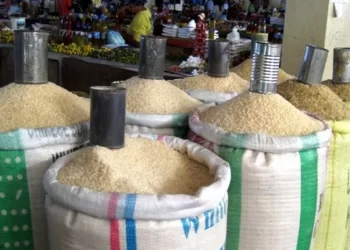India’s relatively high-cost ports are likely to charge even more as the government takes steps to beef up security following the Mumbai terrorist attacks.
The government is planning to install equipment to scan cargo containers, set up a marine commando force, increase the number of security personnel and buy speedboats to help in search operations.
These measures will likely add to port charges, already one of the highest in the region, and could dent India’s competitiveness in the global market, say some shipping experts. India’s ports handle some 95% of the country’s external trade by volume and 70% by value.
Container scanning was inevitable for trade with the US anyway. Under the Greenlane Maritime Security Act, a US law that takes effect in 2012, India would have to install equipment that scans all cargo containers bound for the US or risk being barred from shipping containers to the US.
“India’s port tariffs are higher than other competing ports in South Asia,” notes Arvind Mahajan of consultant KPMG Advisory Services Pvt Ltd. “As a result, many big shipping firms prefer not to call at India ports.”
However, Shailesh Garg, general manager at the Indian unit of London-based maritime consultancy firm Drewry Maritime Services Pvt Ltd, said that in the long run, “India will reap the benefits of installing scanners and tightening security at its ports.”
India spends 13% of its GDP on logistics expenses, against 11% in Japan, 10% in Europe and 9% in the US. This higher percentage is mainly on account of poor logistics infrastructure at ports in the country, which translates into high transaction costs for exports and imports.
For instance, the vessel related charges or so-called marine charges (paid by ships calling at a port) such as port dues, berth hire and pilotage in India for a ship with a capacity to load 2,500 standard cargo containers range from $8,500 (Jawaharlal Nehru Port) to $23,000 (Cochin Port).















Discussion about this post